Japan’s train system isn’t just about getting from point A to point B—it’s a masterclass in collective harmony. Every morning, millions of people navigate packed subway cars and bustling platforms with an almost choreographed precision that would make a ballet company proud. The secret isn’t magic or some special Japanese gene for politeness, but rather a deeply ingrained set of unwritten rules that keep everything running smoothly.
These etiquette guidelines have evolved over decades, turning what could be a daily nightmare of crowded commuting into something remarkably civilized. Here is a list of 16 transit etiquette rules that every passenger follows to maintain order and respect in Japan’s legendary train system.
Remove Your Backpack in Crowded Cars

When trains get packed like sardine cans during rush hour, your backpack becomes a weapon of minor destruction. Japanese commuters automatically swing their bags to the front or place them on overhead racks the moment they step aboard.
Think of it like deflating yourself to take up less space—every inch matters when you’re pressed shoulder to shoulder with strangers.
Stand on the Left Side of Escalators

Tokyo follows the ‘stand left, walk right’ rule, though this flips in Osaka, where people stand on the right. The key is watching what locals do and following suit—like when you’re visiting someone’s house and notice they take their shoes off at the door.
Standing on the wrong side creates a human traffic jam that ripples through the entire station.
Like Travel Pug’s content? Follow us on MSN.
Keep Phone Calls to an Absolute Minimum
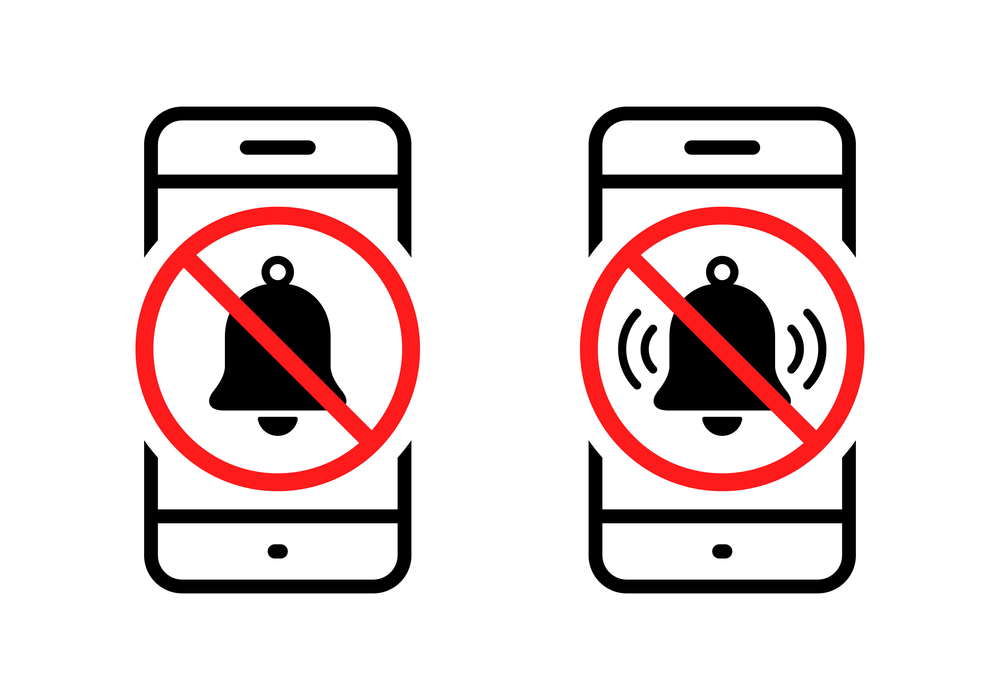
Japanese trains operate under a cone of silence that would make secret agents proud. Phone conversations are strongly discouraged, and most people switch their devices to silent mode the moment they board.
If you absolutely must take a call, cup your hand over your mouth and speak in barely audible whispers—anything louder feels like shouting in a library.
Keep Conversations at Whisper Level

Normal conversation volume on Japanese trains sounds like plotting a secret mission. People lean in close and speak in hushed tones that barely carry beyond their immediate companions.
Loud discussions, boisterous laughter, or animated storytelling disrupt the peaceful atmosphere that everyone else is working to maintain.
Don’t Apply Makeup or Do Personal Grooming

Your morning beauty routine should happen at home, not during your commute. Applying makeup, brushing hair, or any other personal grooming activities are considered private matters that shouldn’t be displayed in public.
It’s like the difference between getting dressed with your curtains open versus closed—some things are meant to stay behind doors.
Like Travel Pug’s content? Follow us on MSN.
Form Neat Lines When Waiting on Platforms

Platform queuing in Japan resembles military precision more than casual waiting. Passengers line up in orderly rows that correspond exactly to where train doors will open, marked clearly on the platform floor.
Cutting in line or crowding around randomly is like showing up to a formal dinner party in flip-flops—technically possible, but completely out of place.
Don’t Lean on or Block the Doors
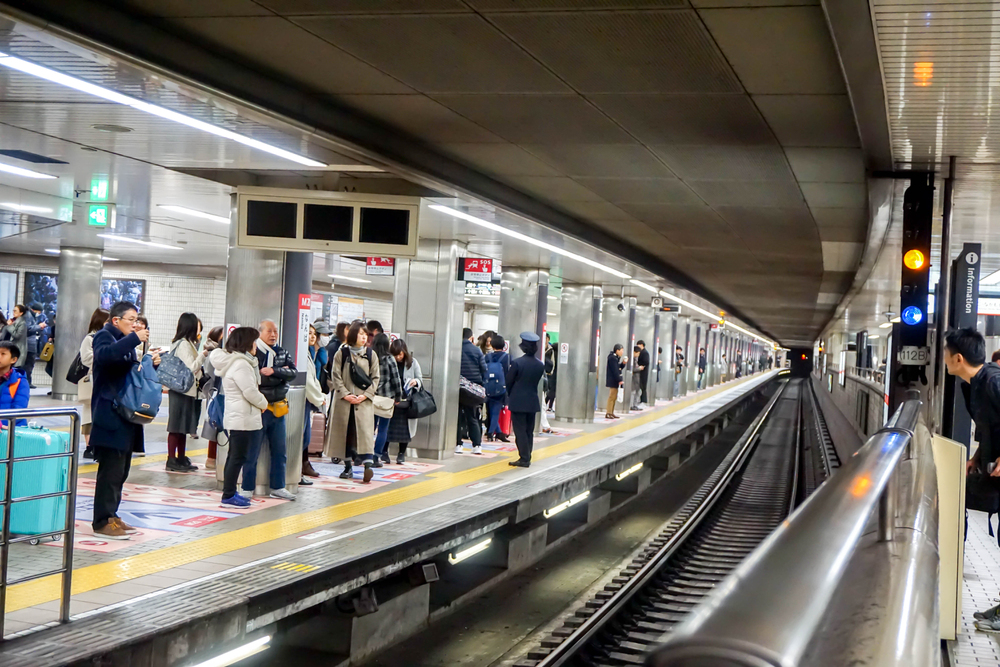
Train doors aren’t backrests, and the areas immediately in front of them need to stay clear for boarding and exiting. Leaning against doors can interfere with their operation, while blocking the entrance creates bottlenecks that slow down the entire system.
Think of doorways like fire exits—they need to remain unobstructed at all times.
Keep Bags and Belongings Compact
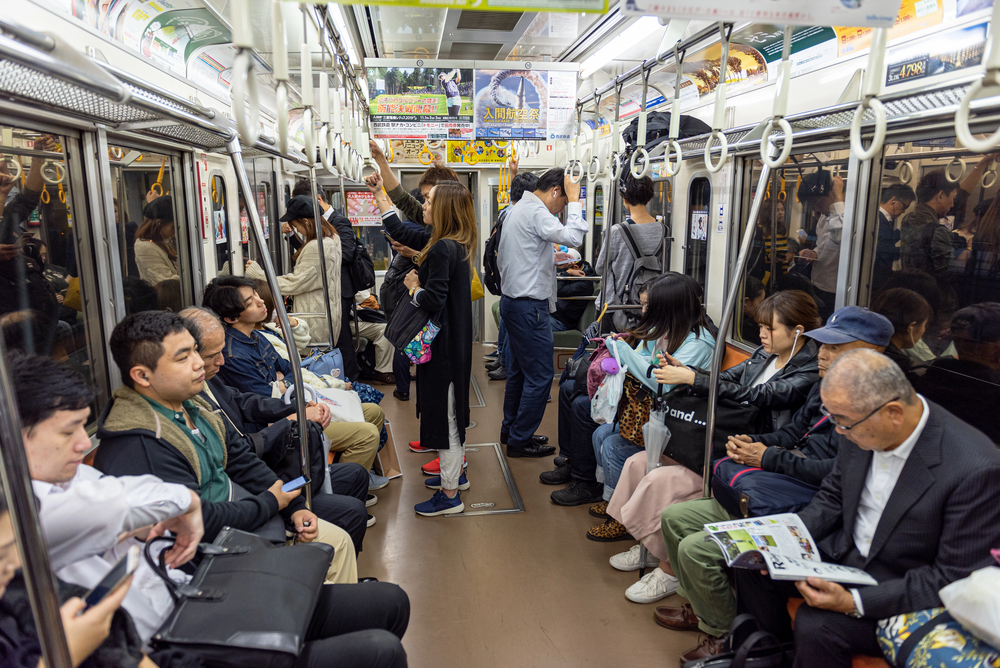
Sprawling belongings across multiple seats or letting bags take up floor space shows a disregard for shared resources. Japanese commuters master the art of compression, keeping everything tucked neatly against their bodies or stored overhead.
Your personal space ends where someone else’s begins, and respecting those invisible boundaries keeps everyone comfortable.
Like Travel Pug’s content? Follow us on MSN.
Don’t Spread Your Legs Wide When Sitting
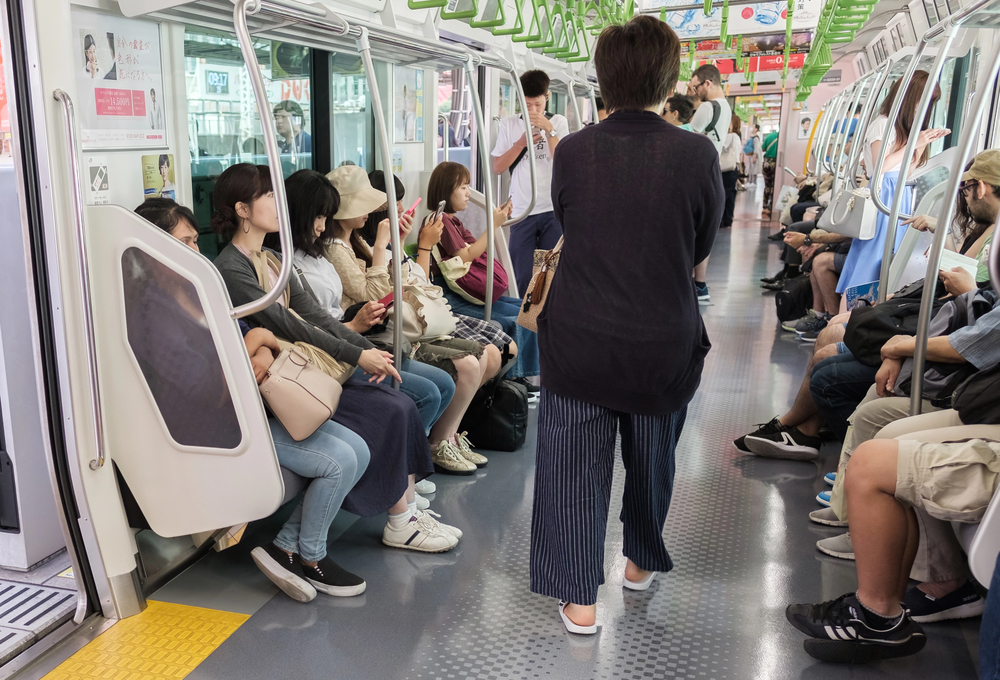
‘Manspreading’ doesn’t exist in Japanese train culture because personal space is measured in inches, not feet. Passengers sit with their knees together and feet planted firmly on the floor, taking up exactly one seat’s worth of space.
Sprawling into neighboring seats is like reaching across someone’s plate at dinner—an invasion of personal territory.
Don’t Rush for Empty Seats
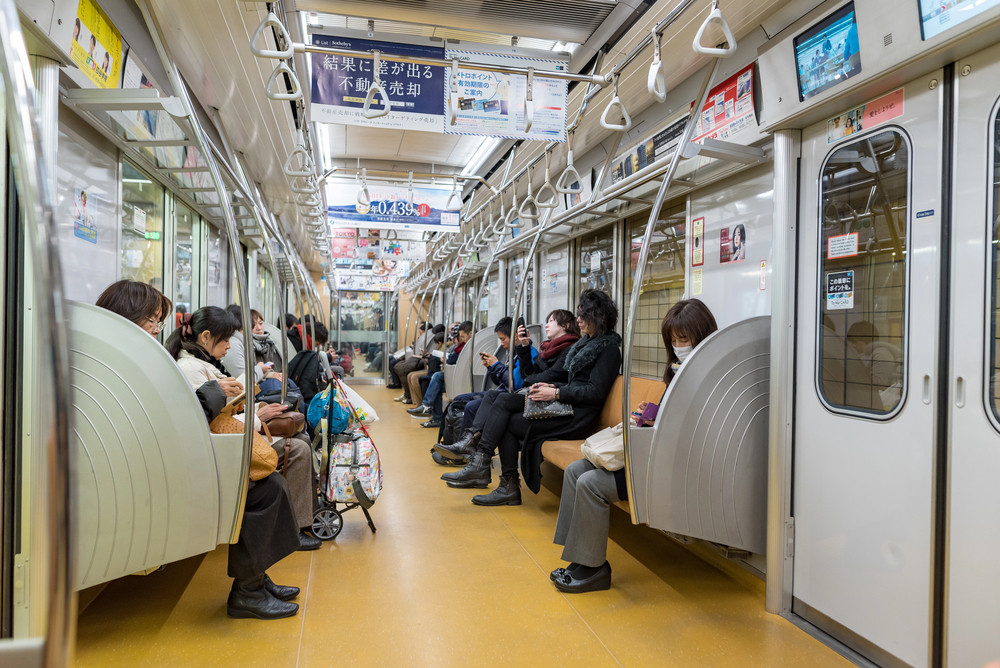
Sprinting toward open seats like you’re racing for the last piece of pizza creates chaos and shows poor form. Japanese passengers move toward available seating calmly and deliberately, often gesturing for others to take seats first.
The mentality prioritizes collective harmony over individual advantage, treating empty seats as shared resources rather than prizes to be won.
Turn Off Camera Flash and Avoid Photography

Bright camera flashes in enclosed spaces are jarring and inconsiderate, while photographing fellow passengers without permission violates their privacy. If you want to capture memories of your train journey, stick to scenery shots through windows or quick selfies that don’t include other people.
Respect for personal privacy extends to not making others unwilling subjects in your travel documentation.
Like Travel Pug’s content? Follow us on MSN.
Don’t Do Personal Care Activities

Clipping nails, flossing teeth, or any other personal hygiene activities belong in bathrooms, not public transportation. These intimate tasks make other passengers uncomfortable and cross the line between public and private behavior.
It’s similar to having a private phone conversation in a crowded elevator—technically possible but socially inappropriate.
Pick Up Any Trash You Drop

Japanese trains stay remarkably clean partly because passengers treat them like their own living rooms. If you drop something, pick it up immediately, and dispose of trash properly at station bins rather than leaving it on seats or floors.
Taking responsibility for your impact on shared spaces shows respect for everyone who’ll use that train car after you.
Move to the Center of Cars When Possible

Clustering near doors creates artificial crowding while the middle sections remain relatively empty. Experienced commuters flow toward the center of train cars, distributing passenger weight evenly and making room for new boarders.
It’s like filling a theater from the front rows back rather than everyone cramming into the aisles.
Like Travel Pug’s content? Follow us on MSN.
Respect the General Quiet Atmosphere
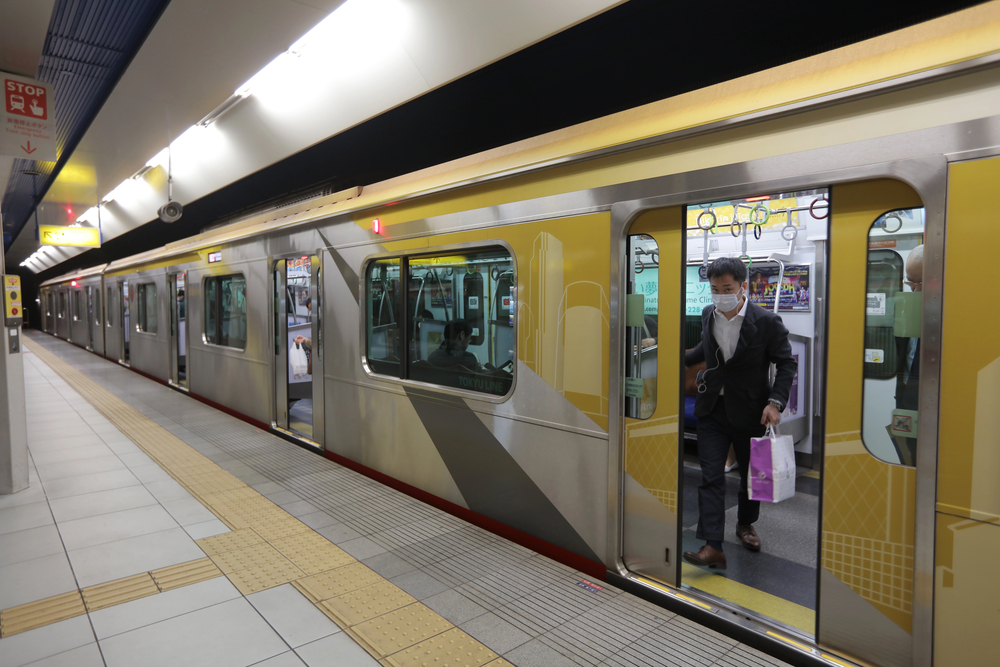
Japanese trains maintain an almost library-like atmosphere where sudden noises stand out like alarms. This includes keeping music volumes low even with headphones, avoiding loud packaging that crinkles, and being mindful of how your movements might create noise.
The goal is collective tranquility where everyone can relax, think, or rest during their commute.
Have Your IC Card Ready at Gates
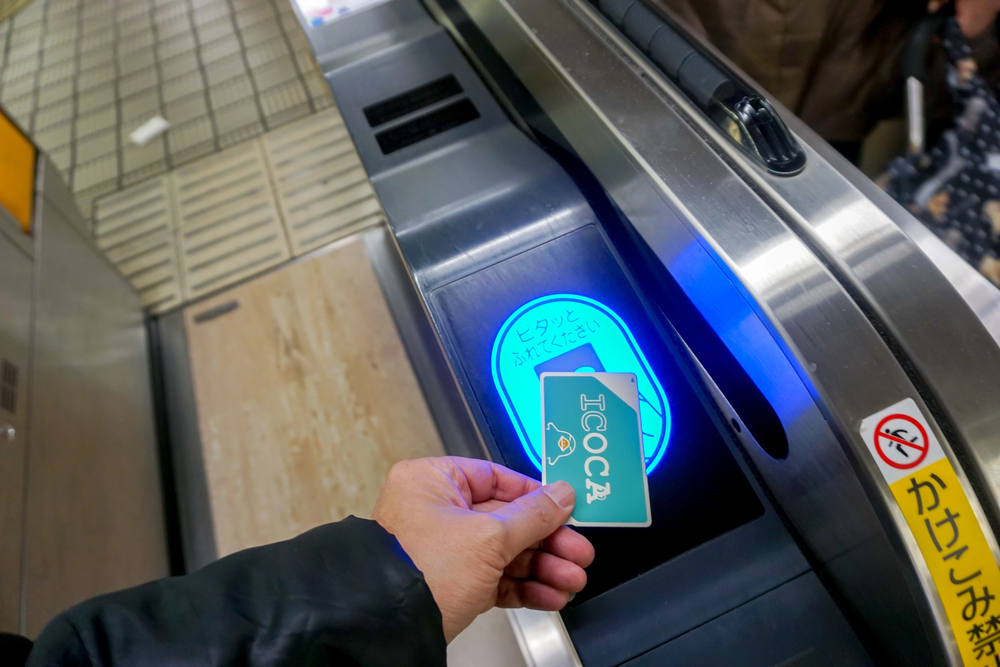
Fumbling for your transit card while people queue behind you disrupts the smooth flow that keeps stations running efficiently. Japanese commuters approach ticket gates with cards already in hand, scanning through quickly and moving along without pause.
Being prepared shows consideration for others’ time and helps maintain the rapid pace that makes the system work for millions of daily users.
Where Ancient Courtesy Meets Modern Efficiency
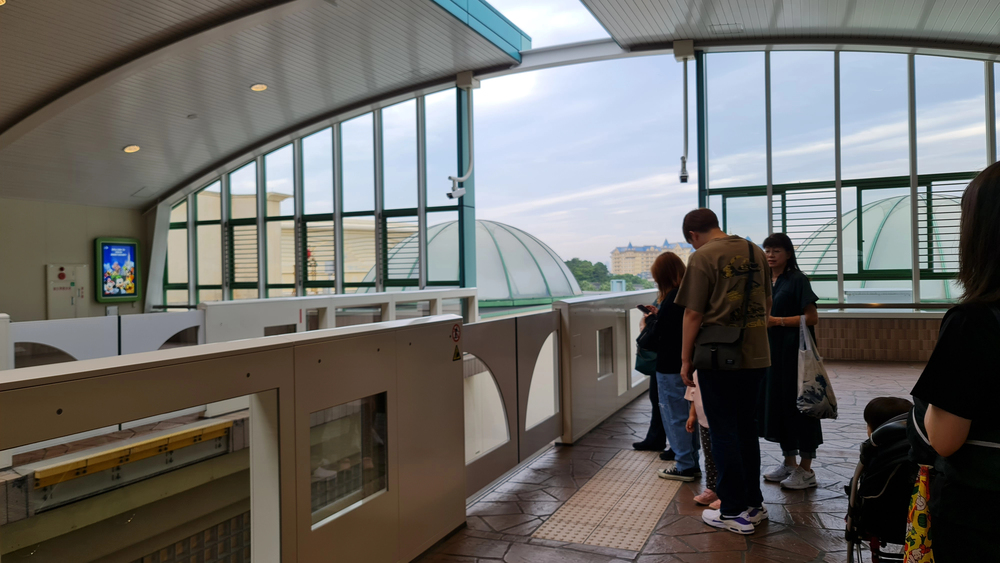
These transit rules reflect something deeper than mere politeness—they represent a society that figured out how to make individual consideration add up to collective benefit. What started as practical solutions to crowding problems evolved into a cultural framework that turns daily commuting from a stressful ordeal into a surprisingly peaceful experience.
The same principles that keep Japanese trains running on time with remarkable harmony offer lessons for any situation where strangers must share limited space. In a world where public courtesy seems increasingly rare, Japan’s transit culture proves that small acts of consideration can create something genuinely beautiful in the most ordinary moments of daily life.
Like Travel Pug’s content? Follow us on MSN.
More from Travel Pug

- 20 Best Beach Towns in the Carolinas
- 13 Destinations Where Tourists Regularly Regret Their Trip
- 20 Things You Actually Get in First Class
- 20 Small Airports With Aviation Museums
- 20 Places in the U.S. That Are Perfect for a Reset Trip
Like Travel Pug’s content? Follow us on MSN.
